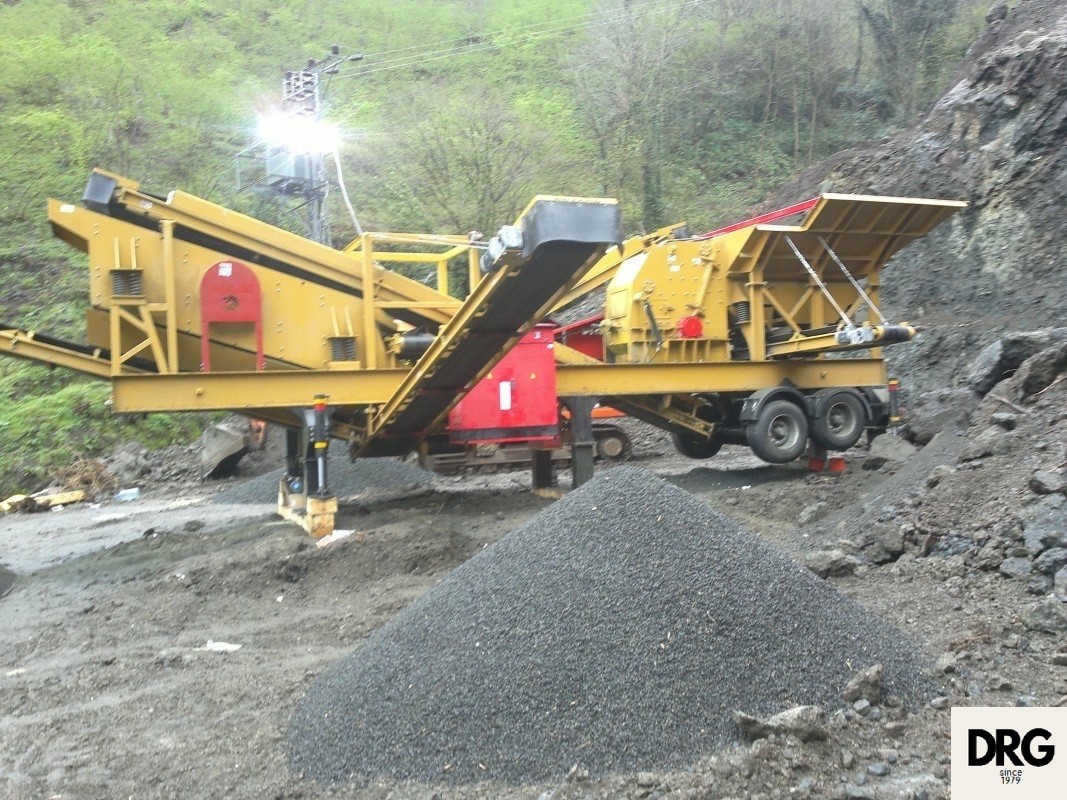Mobile crushers and screening plants are essential equipment in mining, construction, and recycling industries. They provide flexibility, efficiency, and cost-effectiveness by allowing on-site crushing and screening of materials. This article explores the production process, key components, and advantages of mobile crushing and screening plants.
1. Production Process
The manufacturing of mobile crushers involves several stages:
Design & Engineering: Customized designs are created based on customer requirements, including capacity, material hardness, and mobility needs.
Material Selection: High-quality steel and wear-resistant components (e.g., manganese jaws, hardened screens) are selected for durability.
Fabrication: Cutting, welding, and assembly of the chassis, crusher unit, and conveyor systems.
Integration: Crushers (jaw, cone, impact) and screens (vibrating, grizzly) are mounted on a mobile chassis (tracked or wheeled).
Testing: Each unit undergoes rigorous performance and safety tests before delivery.
2. Key Components
Crusher Types:
Jaw Crusher: Primary crushing for hard materials.
Cone Crusher: Secondary crushing for finer output.
Impact Crusher: Ideal for recycling and medium-hard materials.
Screening System: Vibrating screens separate crushed materials by size.
Mobility: Tracked/wheeled chassis enables easy relocation.
Automation: Modern plants feature PLC controls for optimized operation.
3. Advantages
Portability: No need for fixed infrastructure.
Cost Savings: Reduces transportation and labor costs.
Eco-Friendly: Lower emissions compared to traditional methods.
Versatility: Handles aggregates, ores, and demolition waste.
Conclusion
Mobile crushing plants revolutionize material processing by combining mobility with high performance. Their production requires precision engineering to meet diverse industrial demands.
 English
English
 Le français
Le français
 Türkçe
Türkçe

